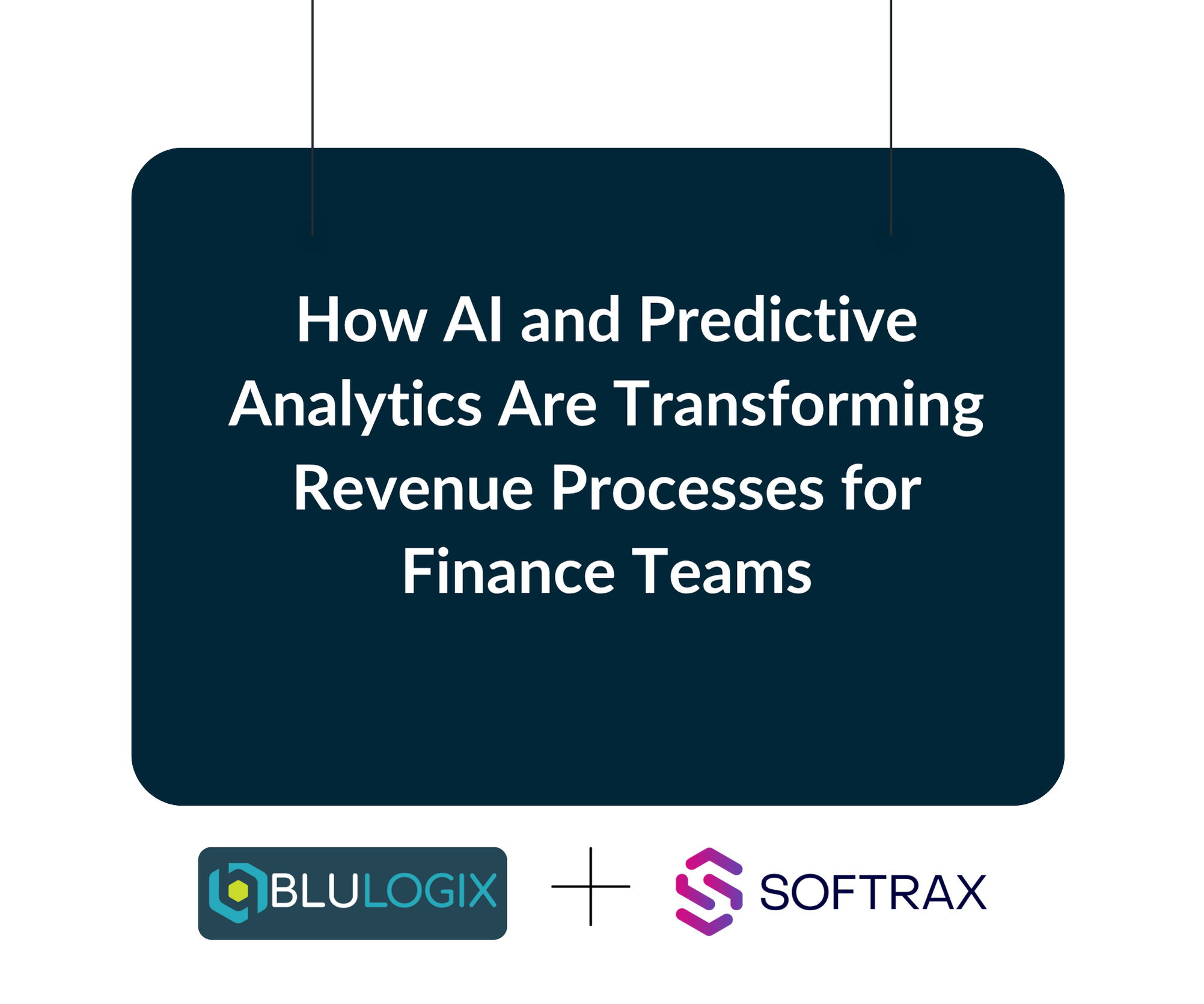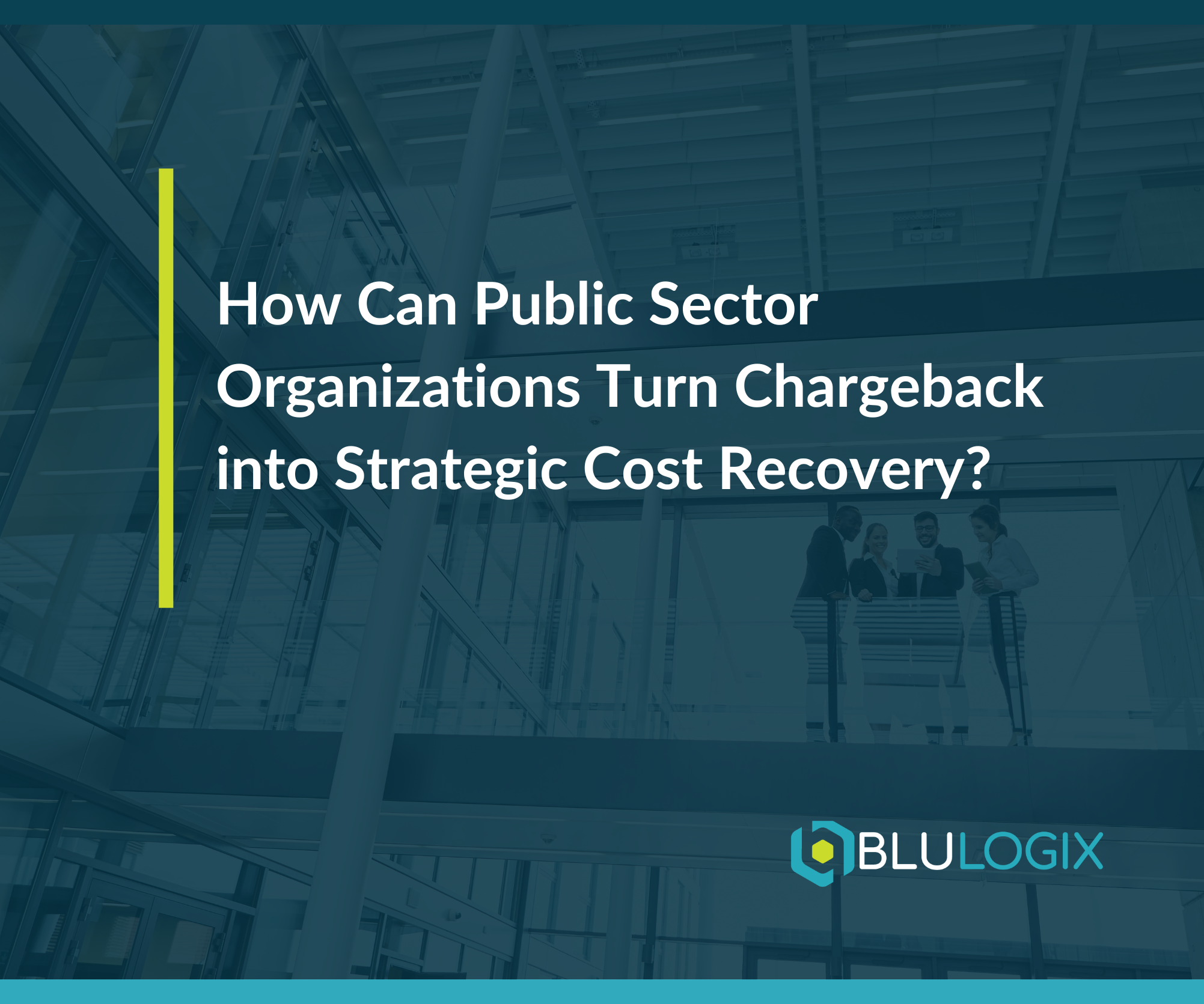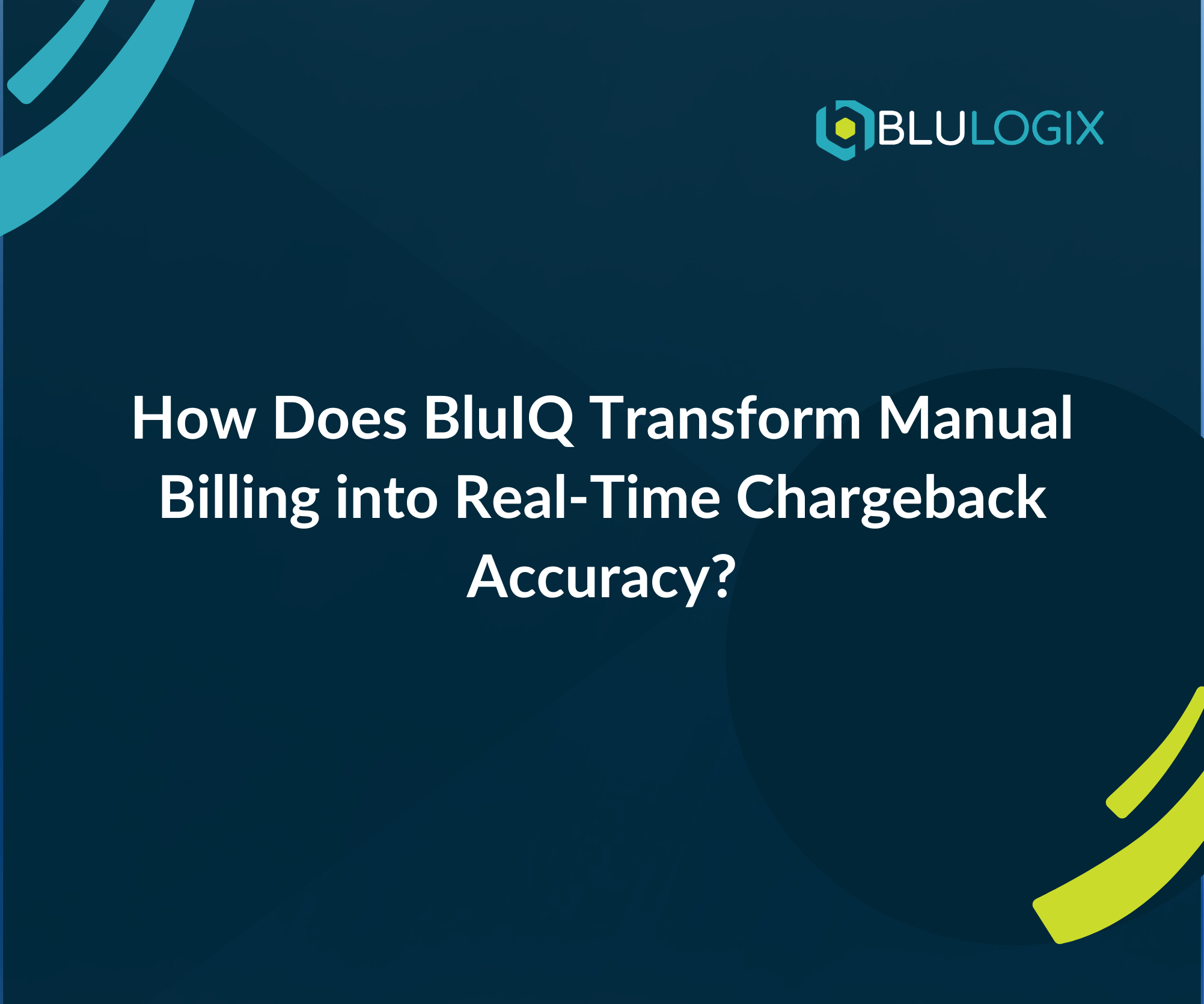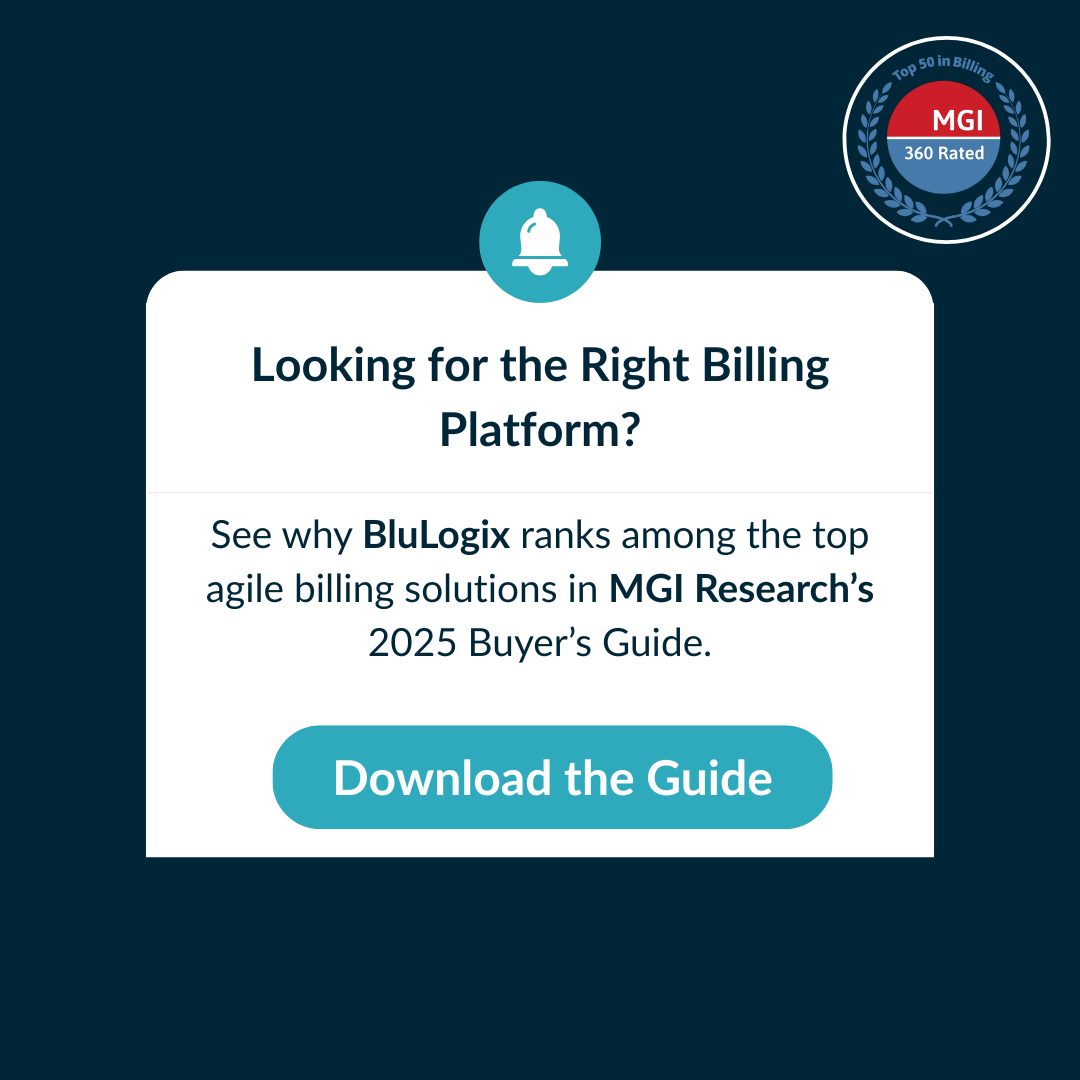How Can Subscription and Usage-Based Pricing Strategies Accelerate Your SaaS Business Growth?
Grow your Business with Consumption-Based Pricing
As we were brainstorming ideas for our latest educational series on subscription management and billing, the Billing Experts at here at BluLogix kept coming back to one theme: Profitable Growth. This year has been a wakeup call for many companies, as they grapple with the sometimes conflicting goals of profitability via cost containment and Growth (with a capital G). The solution? One word (or acronym really): PLG.
Product Led Growth, or PLG, has become the mantra of many during this troubled year. No longer “Growth at Any Cost,” most SaaS companies have had to take a more measured approach, but still under the mandate to achieve Growth objectives. Product-Led Growth (PLG) has emerged as a powerful strategy for driving growth for Software-as-a-Service (SaaS) companies, placing the product at the center of the growth strategy, emphasizing its ability to attract, engage, and retain customers.
Follow along in our newest Foundations Series “Subscription and Usage-Based Pricing Strategies: Accelerating Growth for Your SaaS Business” as we tear down the barriers that keep many companies from pursuing one of the most powerful strategies for PLG, Usage-based pricing. We’ll be walking you through the why’s, how’s and implementation hurdles around how to leverage consumption to drive customer satisfaction, profitable growth and shareholder satisfaction.
Buckle up – this is complex pricing, and we’re not glossing over any of the details but we guarantee by the end, you’ll have a strong foundation from which to build your own strategy and the tools to make it successful.

Part I:
The SaaS industry has experienced a significant shift in recent years, with recurring revenue models taking center stage. Subscription and usage-based pricing strategies have emerged as powerful tools for accelerating growth and driving success in the SaaS business landscape. By adopting these innovative pricing approaches, SaaS companies can unlock a host of benefits and capitalize on the changing dynamics of the market.
One of the key advantages of recurring revenue models is the stability and predictability they offer. Traditional one-time sales often result in a revenue rollercoaster, making it challenging for businesses to plan and invest in their future. In contrast, subscription-based pricing provides a steady stream of recurring revenue, enabling SaaS companies to project their revenue streams and make informed decisions regarding business expansion, product development, and customer support.
Usage-based pricing, on the other hand, offers a flexible and customer-centric approach to pricing. With usage-based models, customers pay for the value they receive, aligning the cost with their actual usage of the product or service. This not only ensures a fair and transparent pricing structure but also allows customers to scale their usage based on their evolving needs.
The benefits of subscription and usage-based pricing go beyond revenue stability and flexibility. These pricing strategies also foster stronger customer relationships and increase customer lifetime value. By offering subscription plans, SaaS companies establish a recurring connection with their customers, leading to ongoing engagement and loyalty. Additionally, usage-based pricing incentivizes customers to fully utilize the product, as they only pay for what they use. This drives higher customer satisfaction, as they perceive greater value from their investment.
Furthermore, subscription and usage-based pricing enable SaaS companies to adapt and respond to market demands more effectively. The ever-evolving business landscape requires agility and the ability to adjust pricing models to stay competitive. Subscription and usage-based models provide the flexibility to experiment with different pricing tiers, introduce new features or offerings, and respond to customer feedback and market trends in real-time.
In this blog series, we will delve into the intricacies of subscription and usage-based pricing strategies for SaaS businesses. We will explore various pricing models, their benefits and challenges, and provide practical insights on how to design, implement, and optimize these strategies to accelerate growth. By the end of this blog series, you will have a comprehensive understanding of how subscription and usage-based pricing can transform your SaaS business and position you for long-term success.
Let’s embark on this journey to unlock the potential of recurring revenue and discover the strategies that will accelerate growth for your SaaS business.
Grow your Business with Consumption-Based Pricing
Learn more

How AI and Predictive Analytics Are Transforming Revenue Processes for Finance Teams

How Can Public Sector Organizations Turn Chargeback into Strategic Cost Recovery?



